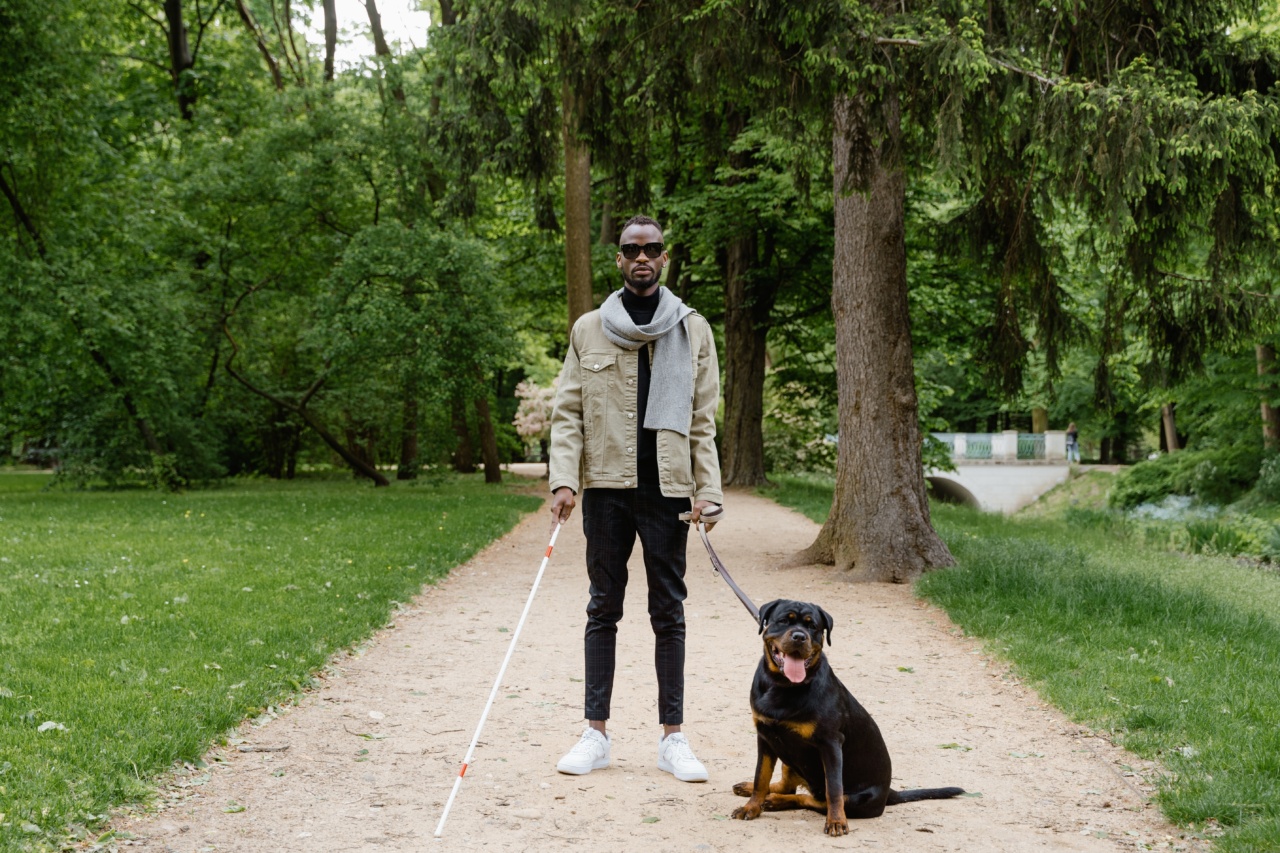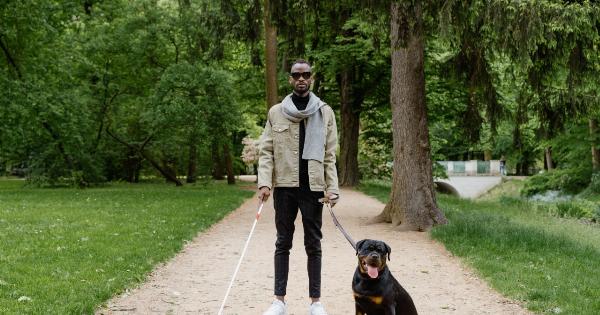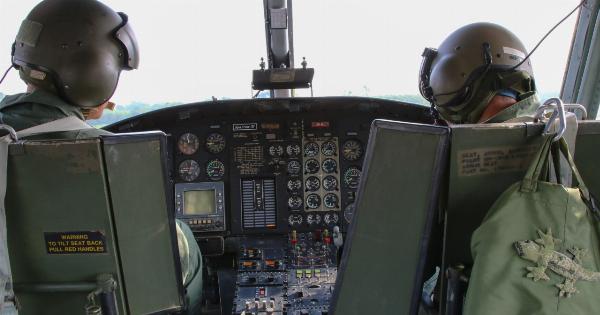Having a blind dog can be a unique and rewarding experience, but it also comes with its fair share of challenges.
From daily routines to navigating obstacles, owners of blind dogs need to be prepared to provide the necessary care and support to ensure their furry friend has a happy and fulfilling life. In this article, we will discuss some of the challenges faced by owners of blind dogs and offer practical tips on how to overcome them.
Understanding Blindness in Dogs
Before diving into the challenges, it is important to understand blindness in dogs. Vision loss can be caused by various factors, such as genetic conditions, trauma, cataracts, or progressive retinal atrophy.
Some dogs are born blind, while others may lose their vision gradually over time. Regardless of the cause, blindness does not necessarily mean a lower quality of life for dogs.
Adjusting to a New Environment
Blind dogs require a safe and familiar environment to navigate successfully. When bringing a blind dog home, it is crucial to make gradual adjustments. Keep furniture and objects in the same place to maintain consistency.
Using odor cues and vocal cues can help them orient themselves within the space. Creating mental maps of the surroundings allows dogs to feel more confident and secure.
The Importance of Routine
Dogs thrive on routine, but it becomes increasingly important for blind dogs. Establishing a consistent daily routine helps them anticipate activities and develop a sense of security.
Keeping meal times, potty breaks, walks, and play sessions consistent provides structure and comfort. Blind dogs can navigate their daily routine more easily when they know what to expect.
Training and Communication
Training a blind dog requires patience, consistency, and alternative communication methods. Verbal cues become even more important when body language is not as readily visible.
Teach your dog verbal cues for basic commands and establish a language they can understand easily. Incorporating touch cues, such as gentle taps or hand signals, can also be helpful in directing your blind dog.
Creating Safe Spaces
Blind dogs need a safe environment where they can move freely without the risk of injury. Clearing the floor of any objects or obstacles is crucial to prevent accidents and falls.
Consider using baby gates or barriers to restrict access to potentially hazardous areas. It is also essential to ensure that blind dogs cannot escape from the yard or house by securely fencing the area.
Socialization and Interaction
Blind dogs can thrive in social environments, but they may require additional guidance and support. Introducing your blind dog to new people, animals, and surroundings should be done gradually and under controlled circumstances.
Encourage gentle interactions and provide positive reinforcement to build their confidence and trust in new situations.
Outdoor Challenges and Exercise
Walking a blind dog may require special attention and precautions. Choose routes that are familiar and relatively free of obstacles. Keep your dog on a leash to ensure their safety and prevent them from getting disoriented or lost.
Consider using a harness or a protective jacket with a “blind dog” label, which can help others be more understanding and cautious when approaching.
Alternative Sensory Stimulation
Blind dogs rely on their other senses to understand and navigate the world around them. Engage their senses with toys that make sounds or have textured surfaces. Offer calming scents, such as lavender or chamomile, to create a relaxing atmosphere.
Sensory stimulation can provide mental enrichment and help blind dogs adjust to their surroundings.
Medical Care and Regular Check-Ups
Blind dogs may require extra medical care to monitor and manage any underlying conditions. Regular veterinary check-ups are important to address any potential health issues and ensure your blind dog’s overall well-being.
Discuss with your veterinarian about any specific needs or concerns related to your blind dog’s condition.
Patience, Love, and Adaptability
Above all, owning a blind dog requires patience, love, and adaptability. Understand that your blind dog may need additional time to adjust to new environments or tasks.
Celebrate their achievements, no matter how small, and provide plenty of positive reinforcement. With your support, a blind dog can live a fulfilling and happy life.






























